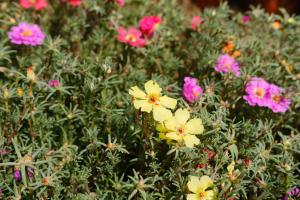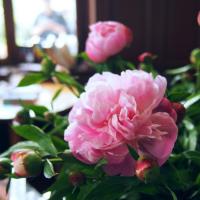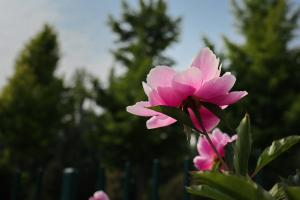Ramet time
In theory, the branching time of Paeonia lactiflora can be carried out from budding in winter to before land unsealing. It is necessary to ensure that the soil temperature is high, which is conducive to wound healing, promote the germination of new roots and enhance the cold resistance of plants
Ramets should not be carried out too early. They should not be carried out at the beginning of autumn to avoid autumn hair. We often say that peony in July and peony in August (lunar calendar). In Heze, the hometown of peony, we can start branching at the end of August and last until late September, while in the south, it can be carried out from late September to early November
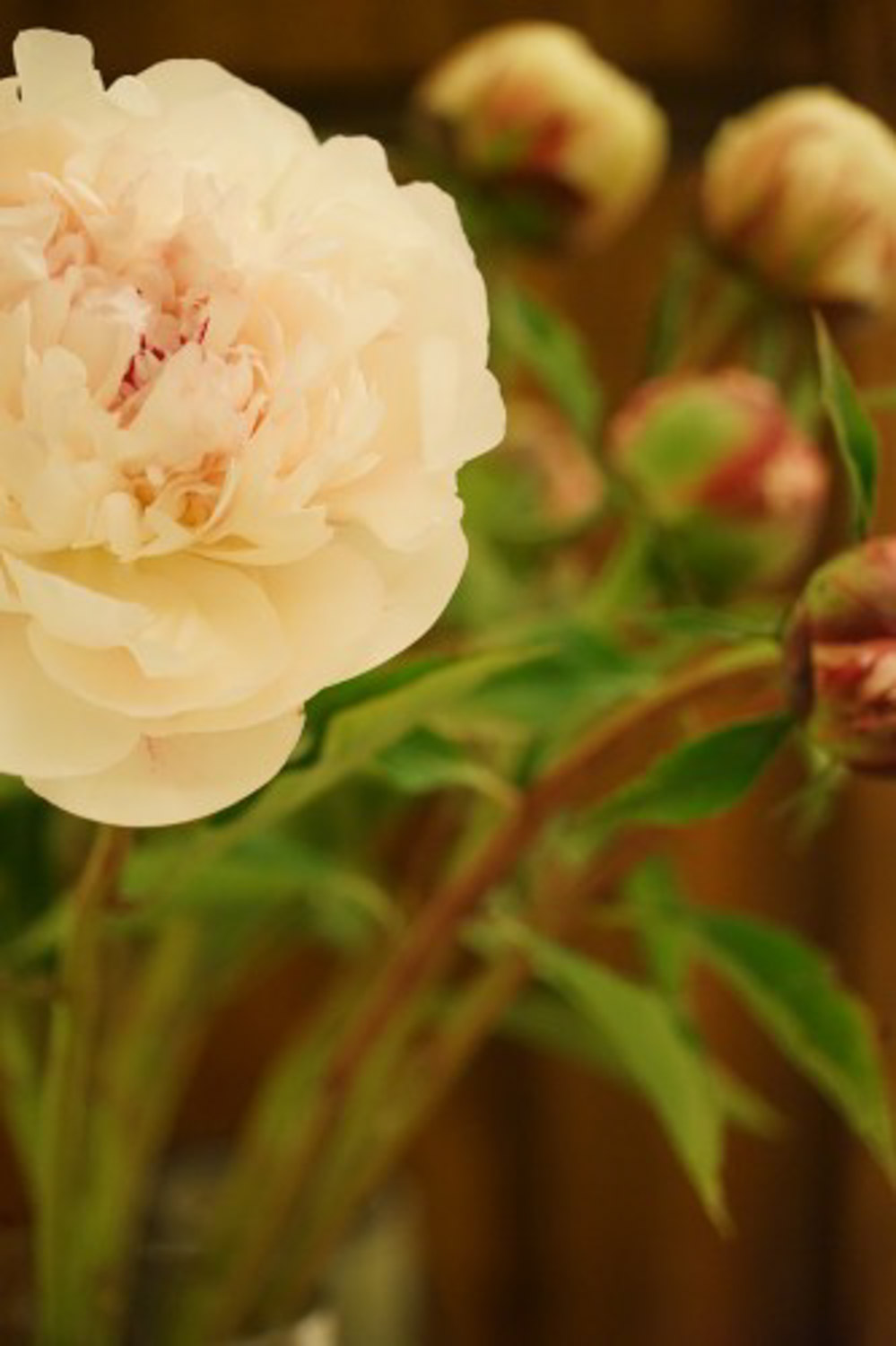
Ramet method
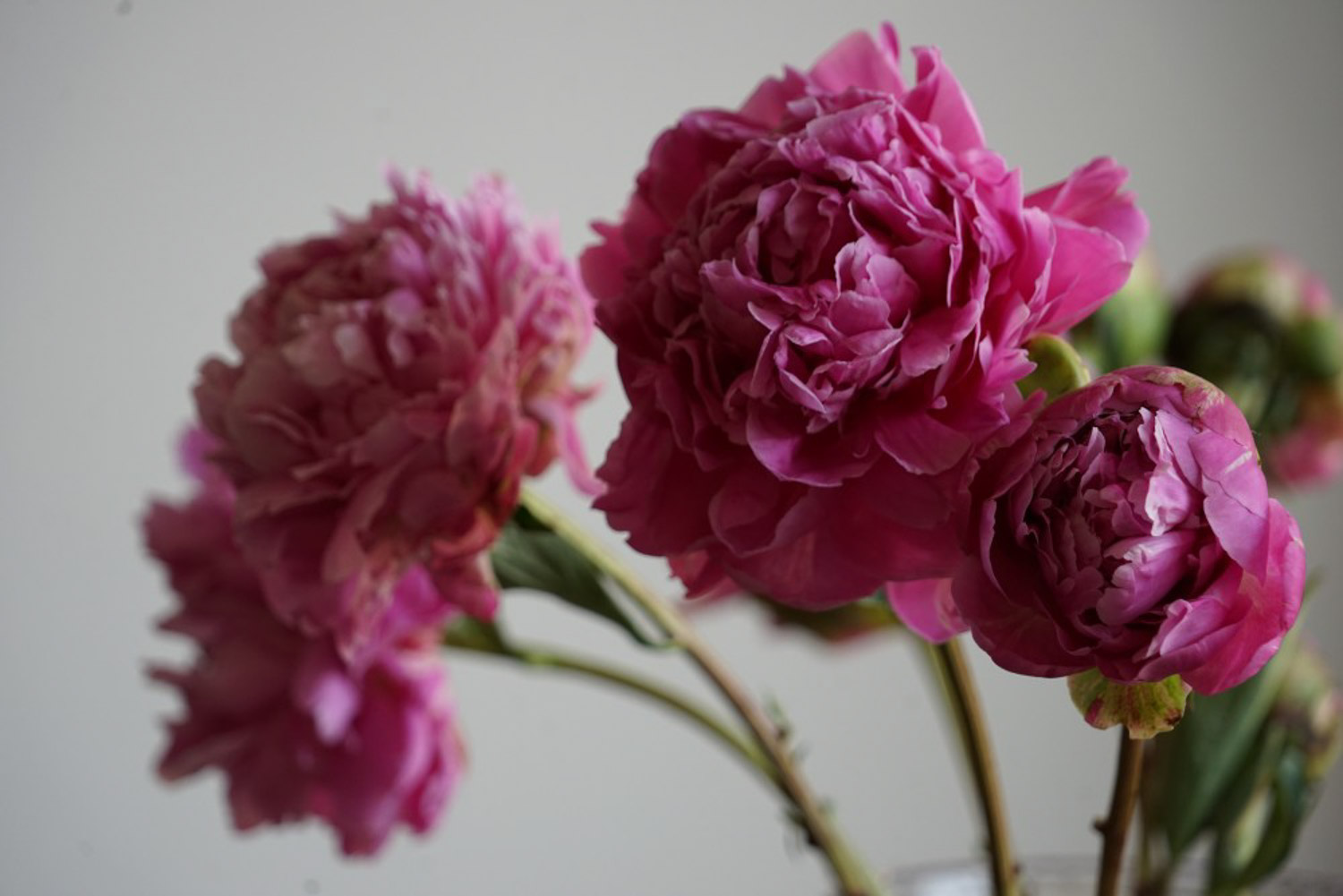
With a knife or hand, it is natural to divide the plant into several sub plants at the gap, and each sub plant should bring 3 ~ 5 buds. During rametting, those with thick heels should be retained. The root of Paeonia lactiflora is very fragile. It can be dried in the shade first, and then separated into plants. Keep the soil moist when separating beads
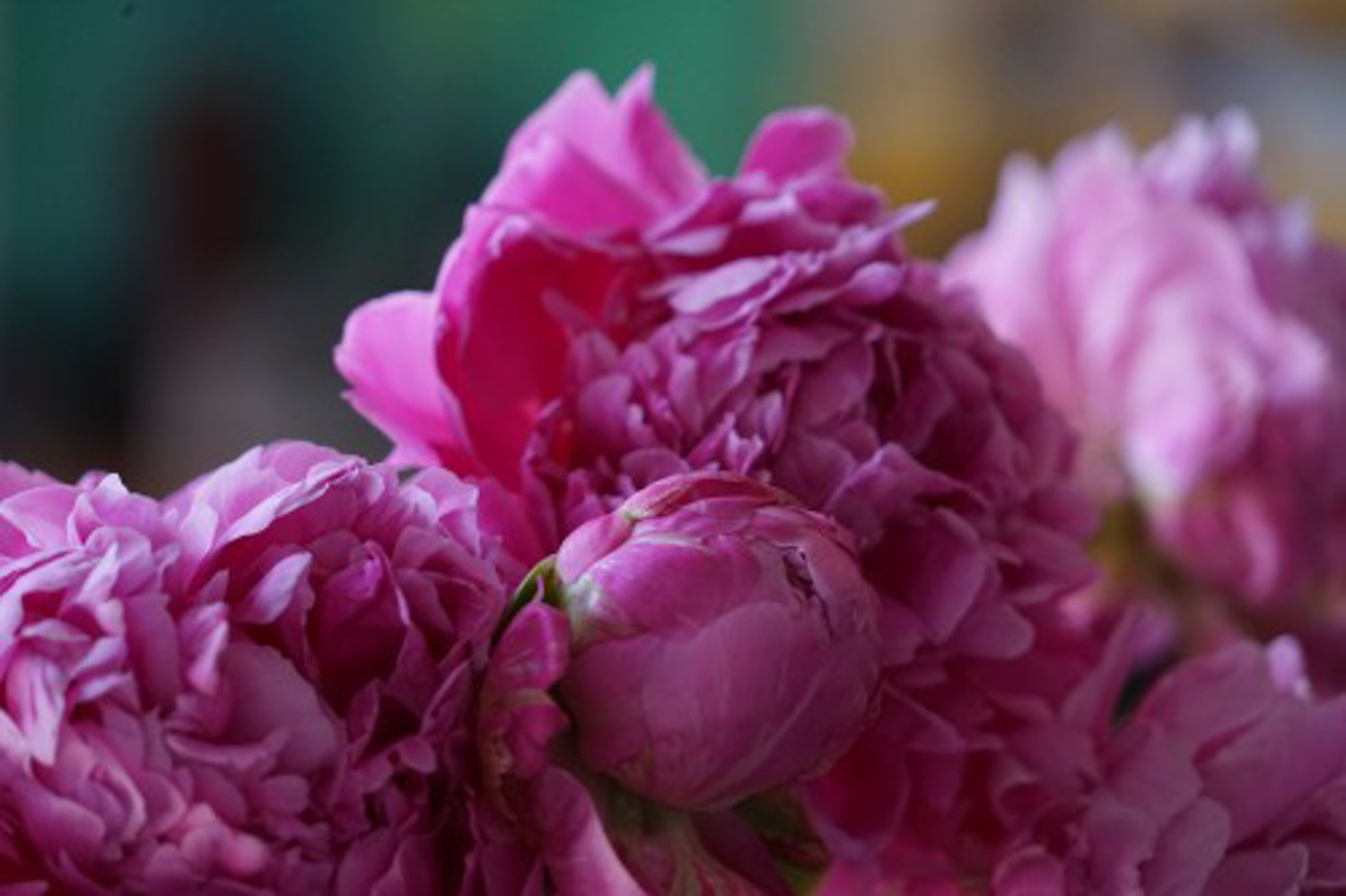
Curing after splitting
Peony should not be planted too deep after branching, and it should be buried for 2 cm. Planting too deep is not conducive to germination and will also lead to rotten roots. Avoid sun exposure after planting, and pay attention to thermal insulation to avoid freezing injury. Maintain in the shade for 3 ~ 5 days, and then move to the sun. After the plants grow well, water appropriately and supplement nutrients
If the root clump of ramets is large, they may bloom in the second year, but the flowers are relatively small. You can pick the flowers and accumulate nutrients. Try not to make it bloom in the first two years. Sufficient nutrient accumulation will make the flowers bloom more brightly

 how many times do yo...
how many times do yo... how many planted tre...
how many planted tre... how many pine trees ...
how many pine trees ... how many pecan trees...
how many pecan trees... how many plants comp...
how many plants comp... how many plants can ...
how many plants can ... how many plants and ...
how many plants and ... how many pepper plan...
how many pepper plan...
